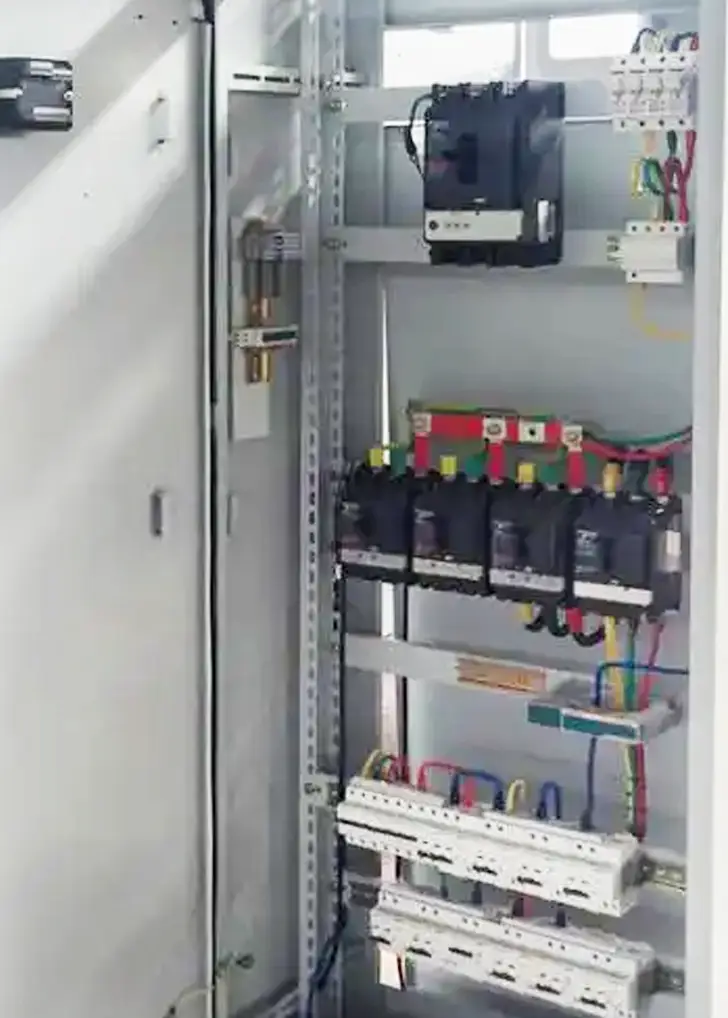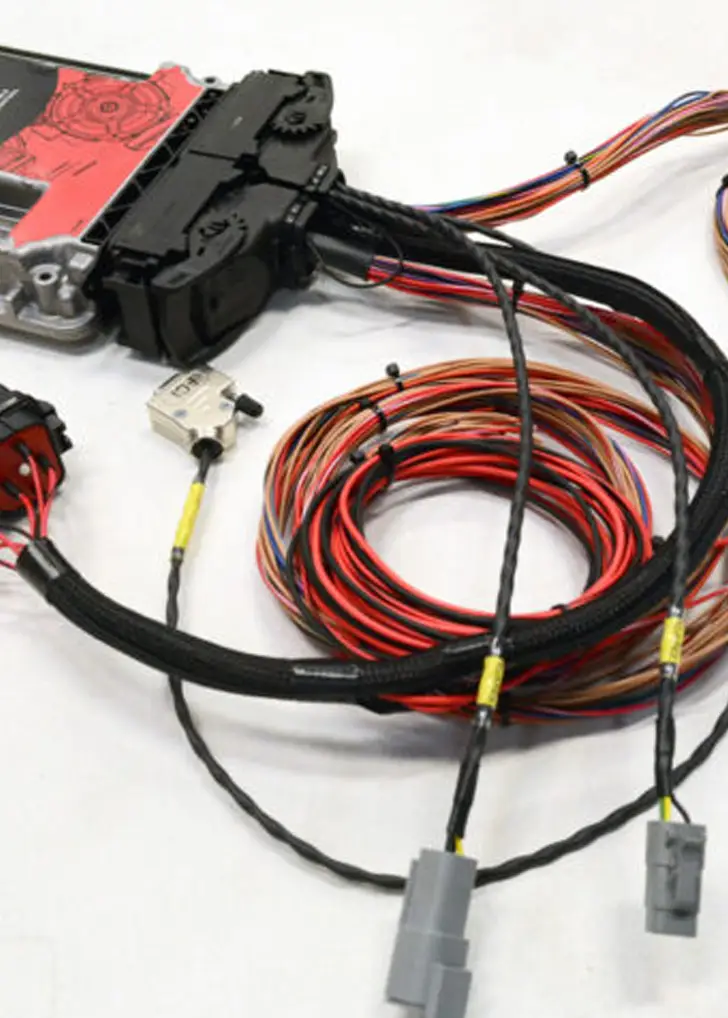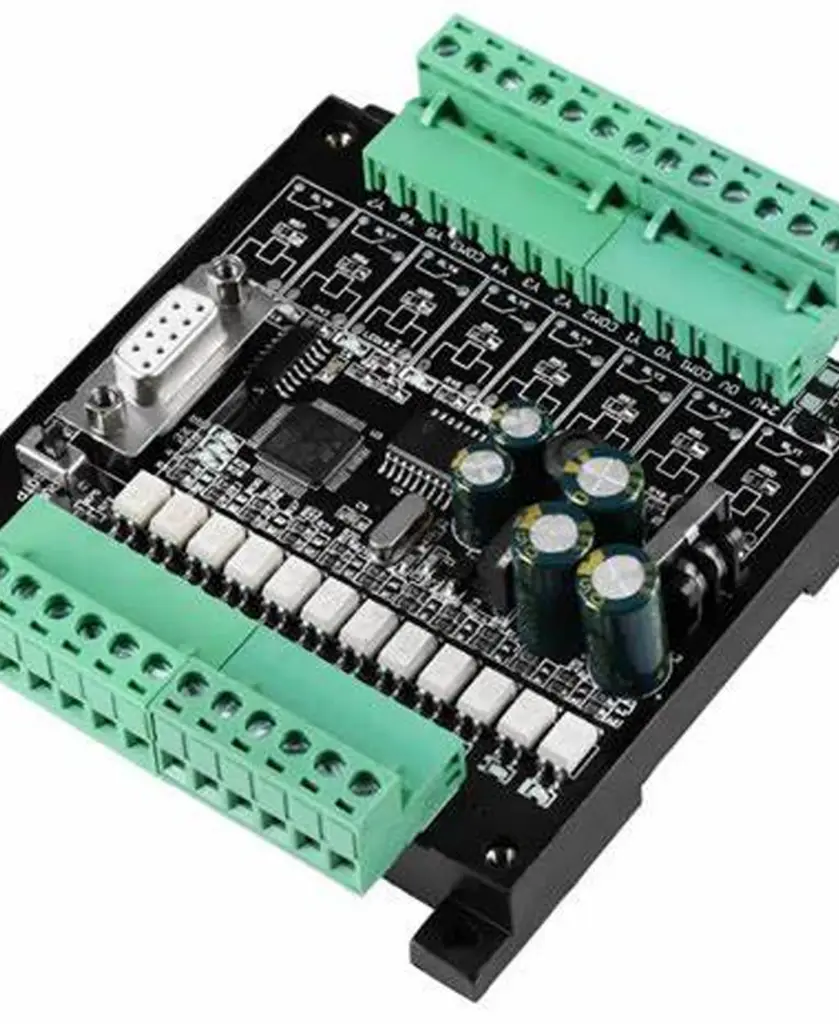Grid-Level Power Distribution
Hadfield Services designs its power distribution networks with robustness and redundancy in mind – employing heavy-duty transformers, switchgear, and modern control units to maintain power quality under all load conditions. By incorporating smart distribution technologies (such as automated switching and real-time monitoring sensors), the risk of outages or equipment damage is minimised, and any anomalies can be detected and isolated rapidly. This approach prevents costly downtime and ensures that even as demand fluctuates, stable voltage and frequency are delivered throughout the facility.


Key components in grid-level distribution
- Transformers – Hadfield leverages high-quality transformers to reduce losses and regulate voltage, matching supply with the needs of different sections of an operation.
- Switchgear – In Hadfield’s designs, switchgear is arranged to provide maximum uptime – if a fault occurs, critical loads can be automatically rerouted or disconnected without bringing down the entire network.
- Smart Distribution Controls – Hadfield Services integrates such intelligent controls to make traditionally static distribution panels into dynamic, adaptive systems that respond to changing load conditions.
On-Board Power Management
Hadfield Services specialises in designing on-board power distribution architectures for both vehicles and industrial equipment that optimise power usage while ensuring stability. Drawing on automotive-grade engineering, Hadfield develops intelligent power control units and wiring harnesses that can handle high currents and complex electronics.
These systems actively monitor current draw and voltage levels across various loads and can make real-time adjustments. For instance, the designs might include electronic control modules and smart fuses that isolate faults or overloads per circuit without disrupting other components.
Automation
Automation is integral to modern power distribution control, and Hadfield Services leverages it to enhance efficiency and minimise energy waste. By deploying intelligent control systems – for example, programmable logic controllers (PLCs) or specialised power management software – the distribution of power can be actively managed rather than static.
Automated energy management means the system can monitor conditions and adjust on the fly: companies can significantly reduce energy waste by automating how power is allocated and used in real time.
HSL’s control solutions often include sensors and smart controllers embedded throughout the power network to gather data (current, voltage, frequency, temperature, etc.).
Intelligent Control Systems
Hadfield Services ensures that all its power distribution projects incorporate the latest in control technology to maximise performance. By integrating automation at the core of power systems, we help clients achieve greater energy efficiency, reduced downtime, and improved power quality.
In essence, the power distribution becomes “smart”: it can monitor itself, adjust itself, and optimise itself continuously. This intelligent automation not only cuts down on energy waste but also extends equipment life and prevents failures by maintaining optimal operating conditions.
The result is a highly efficient, responsive power distribution and control system that reflects HSL’s engineering excellence – delivering reliable power with minimal oversight and maximal efficiency

